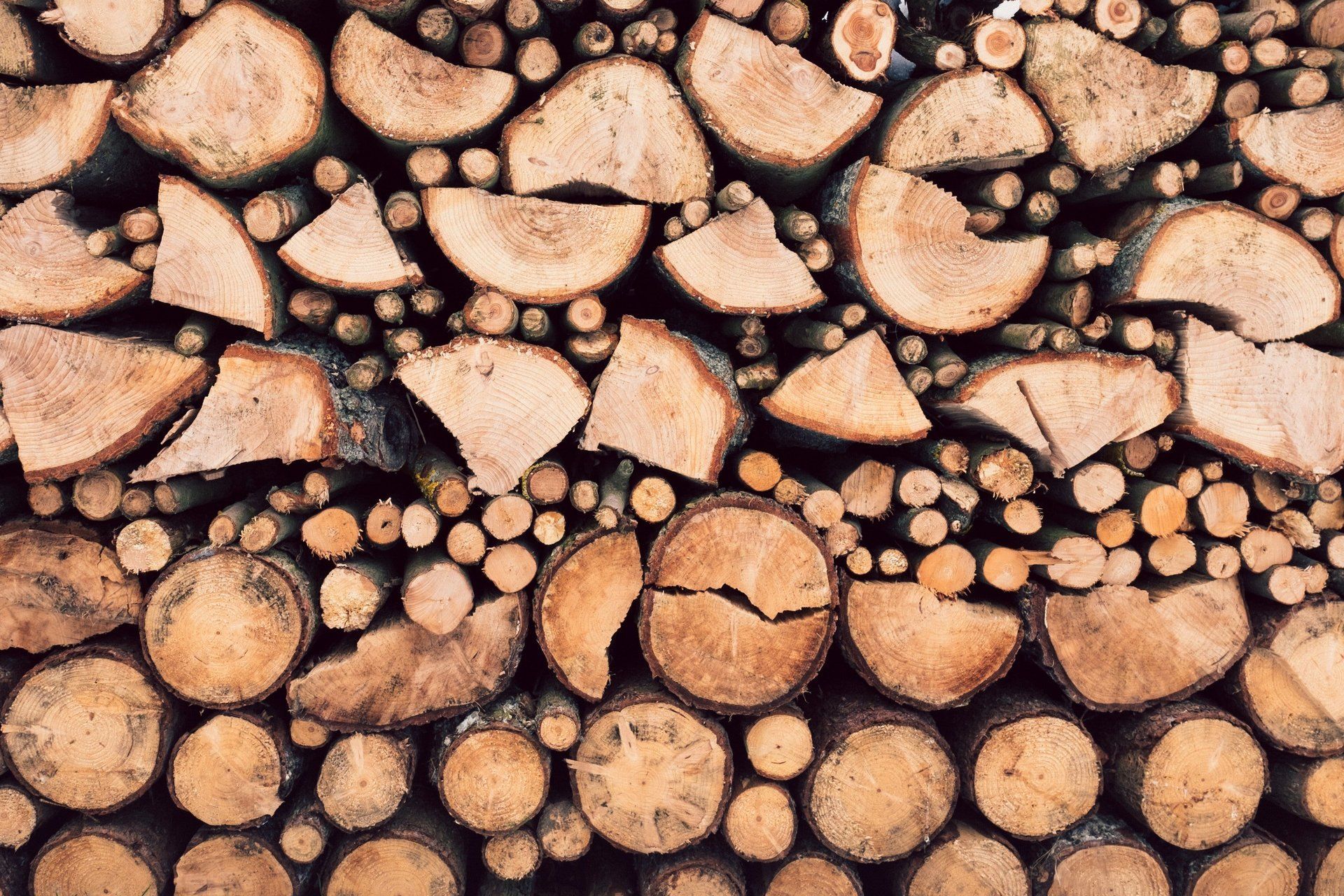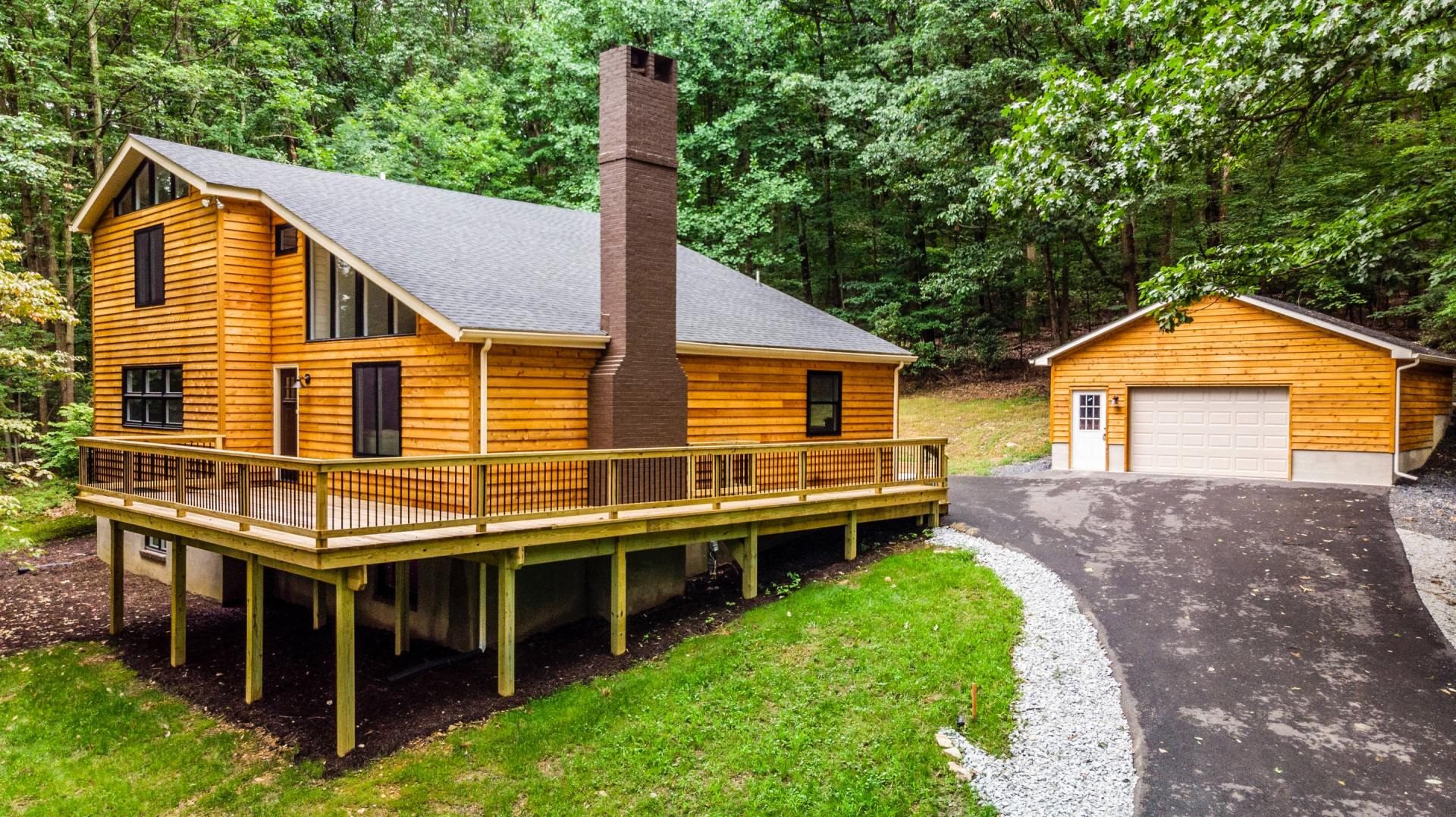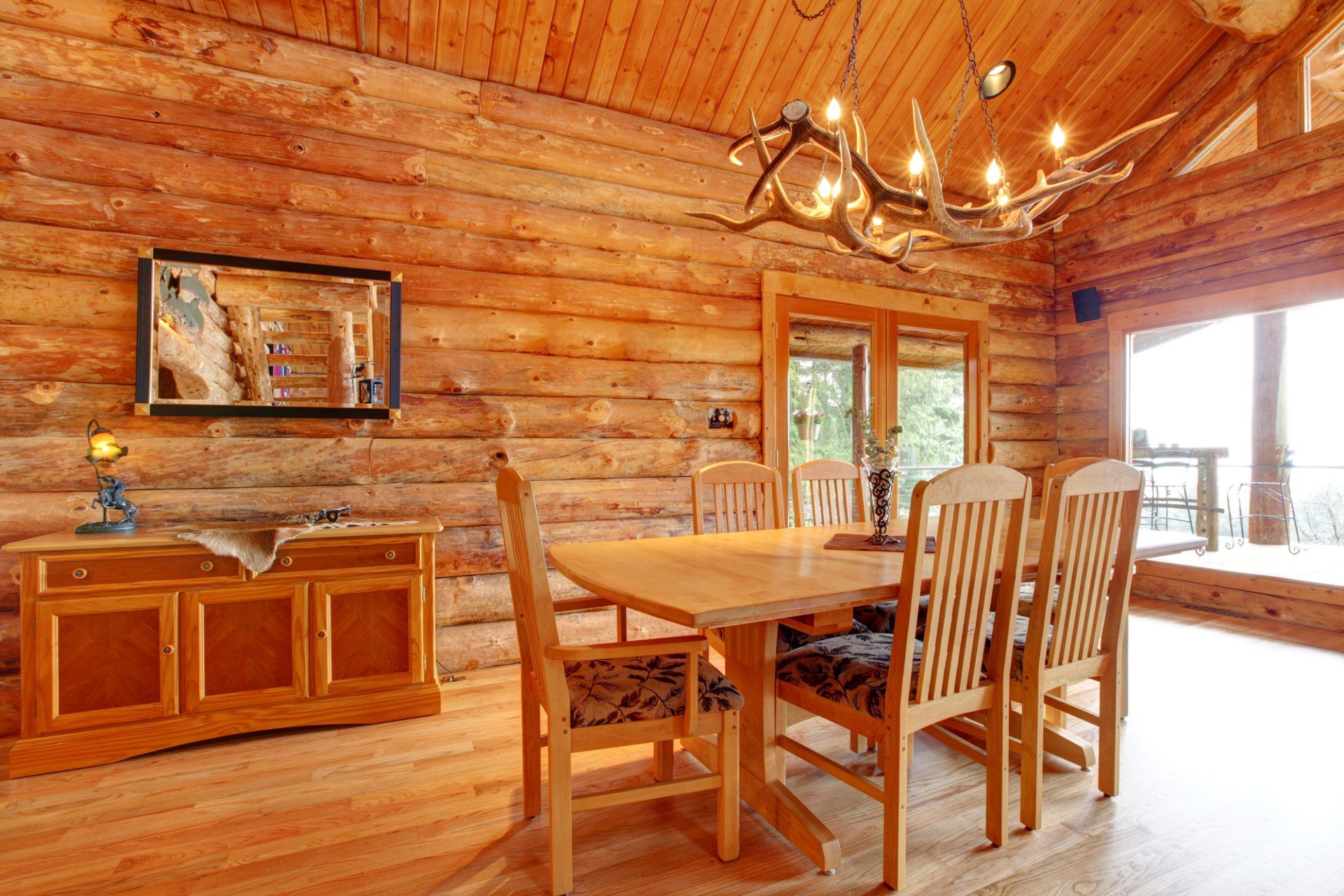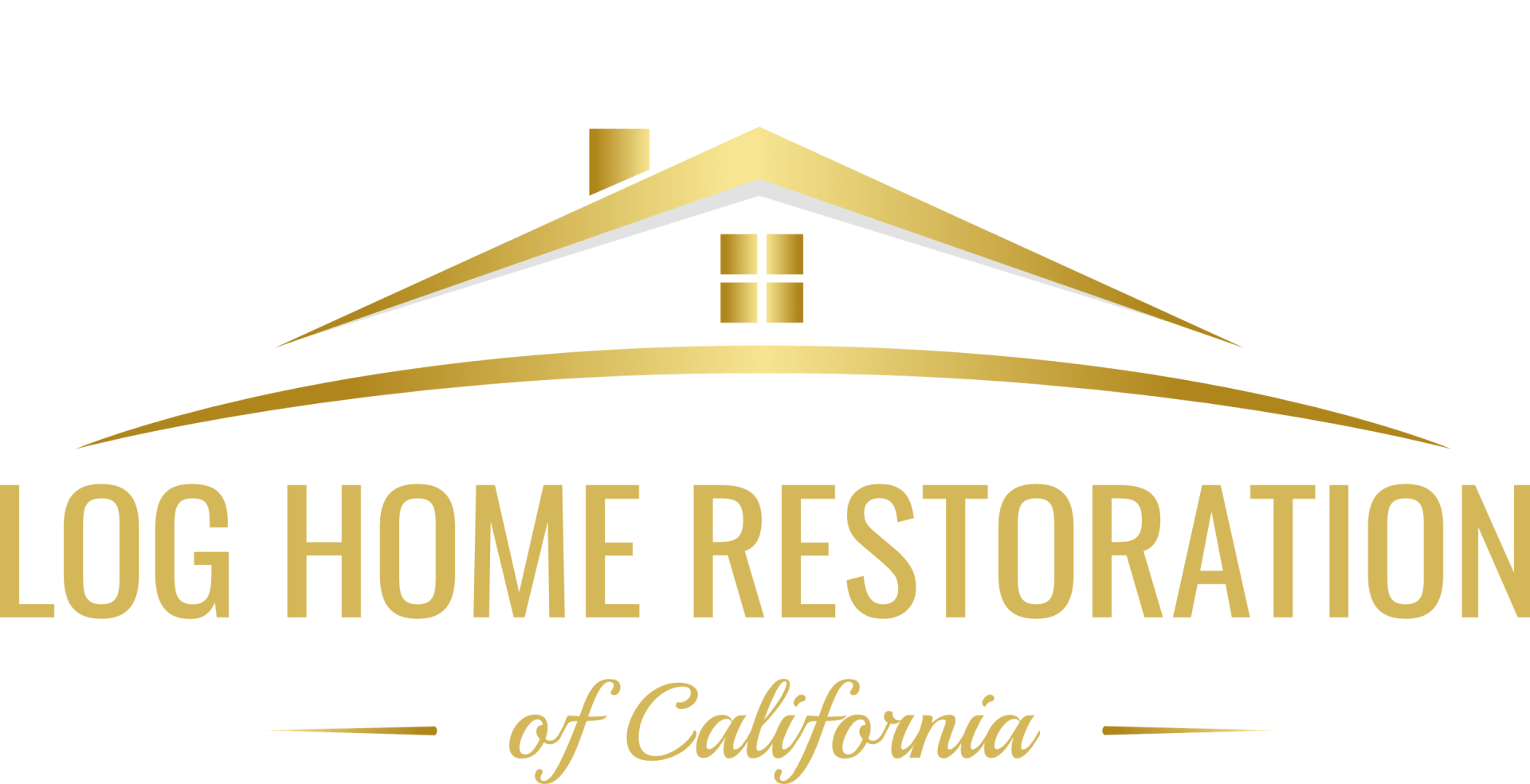Blog Layout
The Log Home Inspection Guide
February 2, 2020
Keep Your Log Home Dream Healthy
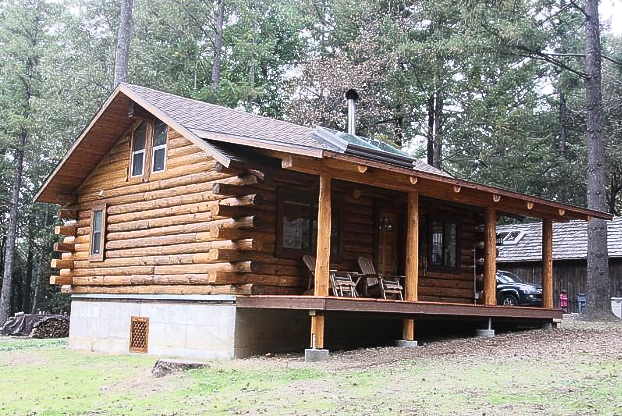
Your log home is a place of memories, of nature and dreams. Inspecting log homes twice a year is a good way of keeping the dreams pleasant instead of a nightmare. Your local home inspector may or may not be aware of the all the quirks that log homes may have. Log home inspection requires specialized knowledge, since standard homes do not have these different problems.
Settling, a Unique Problem For Log Homes
With log homes the biggest problem is settling. Depending on the log type used. Green logs used in building log homes have a high moisture content. As they age they shrink, this shrinkage is called settling. This settling can cause major structural failings if not addressed.
An eight-footwall may shrink six inches by the time the timber dries. This can apply stress to the entire home. If you built the home with kiln dried logs this problem less severe. Even kiln dried logs have some shrinkage.
What Settling Can Do To A Log Home
When a log home is built, you must make some accommodations for settling. Someone who is not familiar with log homes might not put these fixes in.
Gabled End Settling:
If a log home has gables and built with green wood, The supporting gabled wall will settle. This will cause the wall to pull free from the gabling. If the gable is securely connected to the wall,something will have to give. Either they will be separations or there may be a catastrophic failure of the wall or the gable.
Wall Settling:
There are doors and windows in a log walls. If the wall shrinks this can separate the parts, causing sticking or even the destruction of doors and windows.
Stair Cases:
If the settling is severe enough to separate, the staircase may become very dangerous.
Partition Walls:
Exterior log walls are load bearing. If there is shrinkage, the interior partition walls may become load bearing. They are not designed to take the weight, you can expect major problems.
Pipes and Conduits:
Unless flexible pipes and coils are used, the settling may cause failure in the plumbing and electrical systems.
Wood Decay
Besides settling wood rot is the greatest enemy of log homes. When water gets absorbed into the log,it starts wood rot. This is often hidden from sight, allowing it to destroy large areas before being discovered. There are several places where wood rot is common.
Older cabins are often built without water runoff control. Like roof overhangs and gutters to redirect rainwater. The areas most commonly affected are the log ends where you will see dark discoloration. If the log home does not have a large roof overhang, drenched areas often have water leaking into the wall itself.
Since settling causes chinks and cracks in logs, these are easy vulnerabilities. So when checking for wood rot you also need to check the chinking. They will need to seal any new cracks and chinks.
Roof overhangs that are too short exposes the bottom of the walls to back-splash. Tap the logs with rubber mallets, If the log sounds hollow there is rot. Checking at joints with gables and doors and windows. These areas are often overlooked.
Finishes or Stains
Weather damages logs. They make stains to protect the surfaces from UV damage and keep the logs from drying out. When they dry out,there can be excessive checking. Many log stains also have protection from invasive insects.
When checking the logs you have to spray the logs with water and look for areas where the water is absorbed instead of being repelled. Also look out for discolored areas where the stain may be worn off or showing signs of rot.
Stains have an average of two to three years of life span. The stains in the past lasted longer but caused ecological damage from the toxins in it so were banned.
Destructive Insects
There are various insects that have a field day with log homes. Termites are one of the most common. Carpenter ants and carpenter bees are also well known for their destructive activity. These insects have their own tells.
How carpenter ants destroy log homes?
When termites and carpenter ants swarm to a new location, they shed their wings and you will find the wings in piles. Carpenter bees bore a nickel sized hole in a log and bore into the log. You will find sawdust mounds on the ground where they bore in. Termites also make mud pathways up from the ground to the foundations so check your foundation for mud tubes.
Roofs and Gutters
You need to check the roof and gutters for damage and to make sure the watershed is properly draining. Choked gutters can cause water to run down the wall instead of down the drain. This can cause wood rot higher on the wall.
Chinking
One of the required things to check is of course the chinking. While designed to last for years if there is settling new cracks can appear and the chinking may separate from the logs. Check all joints and cracks to prevent water from seeping into the logs and causing wood rot. Bad chinking can also cause drafts in the log home.
Log Home Restorations of California
Having done hundreds of jobs on log homes, we get asked a lot of questions. The main question is about maintaining the exterior of the home. Mostly they are interested in protecting the lumber. What maintenance required depends often on the site location. The design and environmental factors are also important. Routine log home maintenance is often neglected. This neglect can cause expensive mistakes. Regular maintenance is the only way to prevent a major renovation cost.
Log Home Restoration of California
has decades of experience inspecting log homes. In everything from building new homes to repairing log homes. LHRCA has the skills you need.
Our experts guarantee that you are happy with our work. We have traditions dating back decades in fixing and building great log homes.

August 19, 2020
You are looking for a place to launch your memories. Raising a family or the summer by the lake. Fresh air and nature is what you want your family to encounter. Now let's make sure it is not a nightmare instead of a dream. When you look over a log home, check it from top to bottom. Log homes are built to last generations if maintained. Having an experienced log home inspector pays off. While home inspectors may inspect log homes, they often lack the knowledge of what they do not know. 1. Roof Inspection Check the roof for loose or damaged tiles or shingles. Most modern built log homes no longer have a shake roof. Check for discoloration or missing roofing. Check for raised or missing flashing around chimneys and dolmans. This is a prime area for wood rot. Check your gutters. Make sure they are clean and that they drain properly. You may have to adjust the angle to make sure they do not allow any pooling. Pooling can lead to wood rot in the rafters of the roof. 2. Check the Exterior Logs Look for black surface fungus. This often appears as black streaks running down from rooftops that have asphalt shingles. This is dangerous since it shows a failure of the protective stain. We must eradicate the mold before you restrain the home. Do not use bleach; it damages the logs. Look for green surface mold. This is a sign of rot. So again you need to have it eradicated before staining the logs. There may also be some wood rot that needs repaired. Tap the logs with a rubber mallet to listen for a hollow sound. If you hear it, there is dry rot in the log. Do not assume that rot is confined to one log. You should bring in a qualified log home repair company. Look for discolored or flaking stains. Because of environmental issues, most log home stains only last 2 to 3 years. Wet or prolonged heat and light exposure can cause the stain to fail early. Check for new cracks and failed chinking. Since log homes suffer from a problem of settling, which is as logs dry out, they shrink and cause cracks and crevases in the logs. It also causes the chinking to pull away from a log. This allows water to seep into and damage the logs. The cracks need to have caulking filling them and you may need to have the chinking replaced and putting in backer bars and new chinking. Make sure the roof is level, and the home meets the foundation. Check all around. With the settling it can cause stress on windows and doors, making them leak, bow or even break if it takes improper care. Check for wood rot around all the doors and windows. These can be moisture traps. While you are at it check for bore holes from carpenter ants and bees. if you spot small piles of sawdust at the base of the wall. 3. Check the Foundation Check around the foundation to make sure there are no mud tunnels which show termites. If the foundation is less than 12-18”, you have a good chance of having termites. 4. Check the Drainage You need to make sure the rain spout has good drainage. This keeps water from pooling and soaking the logs. Clear all vegetation next to the wall. Do not stack firewood next to the walls. This can trap water next to the logs. 5. Check the porch and patios Check the flooring for loose boards. Check the hand rails for safety. Check the patio ceiling for discolored or water damaged wood. 6. Check the windows and doors Check the seals of the doors and windows. Look for them being level. Make sure they are now bowing. Improper installation with log home settling can cause many problems. 7. Check the Interior walls Non load-bearing wall can become load bearing if the shrinkage of the logs is too great. So check for bulging. 8. Check the level of the floor Shrinkage can cause the floors to be unlevel. 9. Check that all plumbing and electrical systems Since the log home usually has a septic system special care must be paid to prevent septic problems. Older log homes may have aluminum wiring. This wiring is extremely dangerous since the wire in time will compress and all connections will be loose. This makes a serious fire problem. 10. Check interior ceilings for watermarks If you find water staining on the ceiling, this indicates a roofing problem that needs taken care of. Find an experienced log home contractor to fix your problems. instances of wood rot. This is not something you can take care of. Log Home Restoration of California Log Home Restoration of California has decades of experience inspecting repairing and building log homes. In everything from building new log homes to repairing the old log cabin, LHRCA has the skills you need. Our experts guarantee that you will be happy with our work.
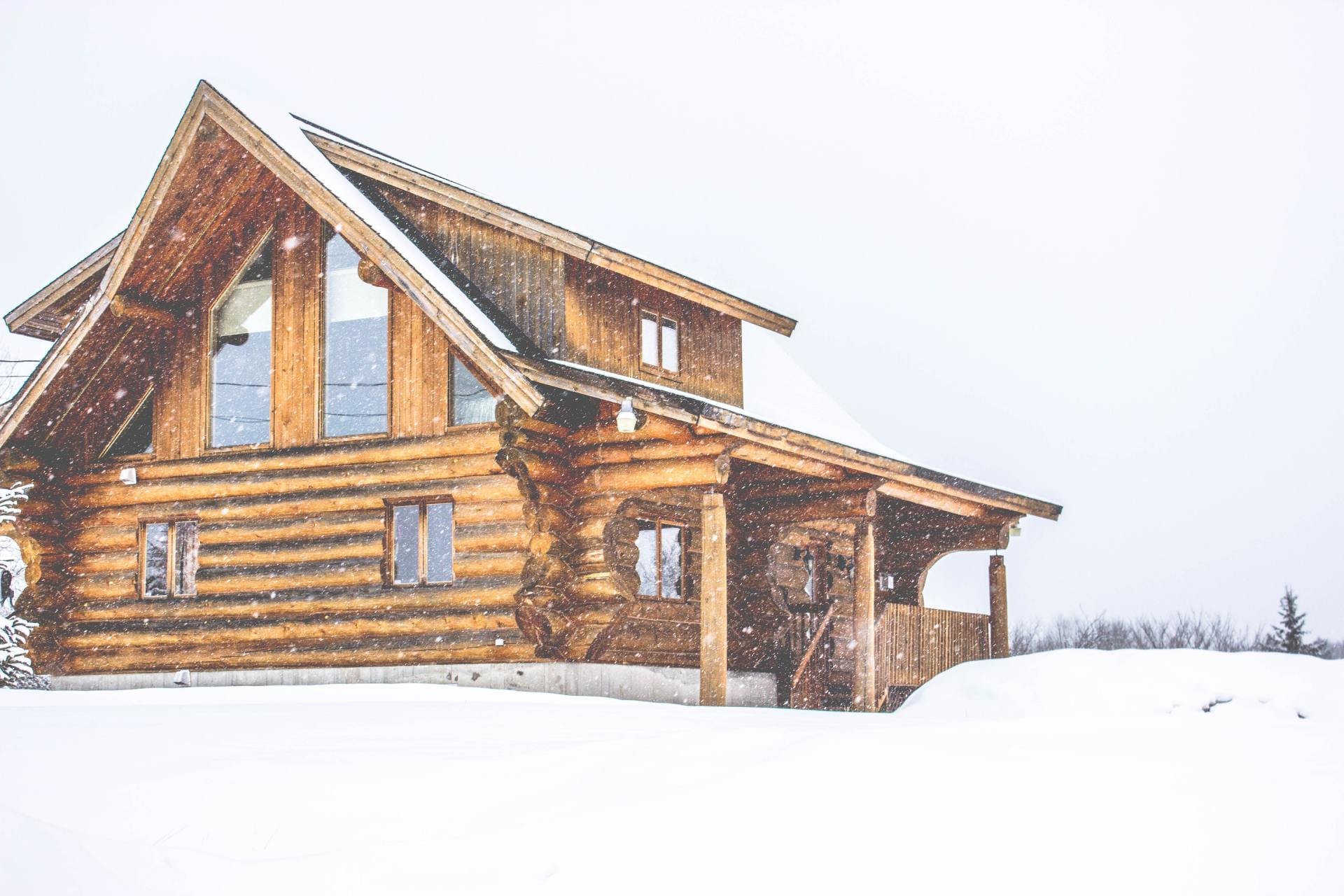
August 9, 2019
Your log home is home to more than people. It is a repository for your memories, hopes and dreams. This old home of yours, may be tired and worn out. You may think of updating the look or improving its lifespan. Have you considered expanding the home by adding a room? Are you looking at adding a deck? To accomplish this your vision, you need a professional with years of log home experience. Log Home Restoration of California has the talent, experience and resources you need. The construction and renovation services to help you create the home of your dreams are all here. When it comes to homes, log homes are unique. Since log homes have been around for centuries, there are different methods used for construction, Special conditions and issues that can arise from these types of homes. We offer construction and renovation services for projects of every size. From adding small rooms or expanding existing porches, log home restoration can increase the square footage of your home. We can create luxury decks to take advantage of views in every direction.
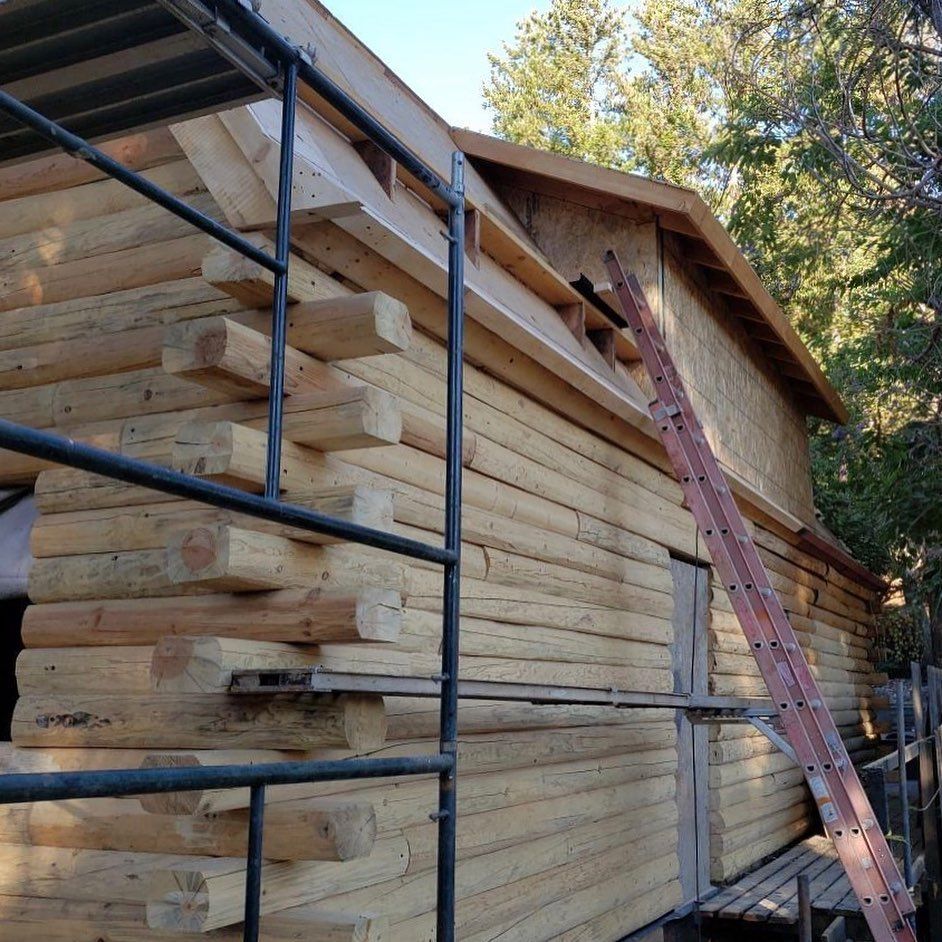
August 5, 2019
Every log home develops log problems, how to handle that is the question. Log repair and replacement becomes necessary when the logs become damaged. There are many ways that logs are damaged by mold, mildew, insects, wear-and-tear all affects the health of the logs. Damaged logs need to be repaired or replaced to support the structure. This keeps the home warm, safe and strong for years to come. Log repair and replacement is where we remove whole or partial parts of logs. Then, using matching materials and ensuring structural strength, we repair the bad portions. Many times the logs are not a complete loss, allowing us to remove just the damaged portions. Craftsmanship is what we strive for, so we restore the look and feel of the original logs. If you own a log home, you have seen small cracks throughout your log walls. These cracks are called checks: checks are naturally occurring in wood as it ages. Small checks that do not penetrate the whole log are natural, not something to worry about. They do not hurt the integrity of log homes. Most checks are nothing to worry about and add character. Though, if they reach a certain size, they should be brought to the attention of a professional. When it gets large enough, it is then called a split. These are more severe and often go all the way through the log. This damage may come from lack of proper maintenance, improper drying techniques, or they are carrying too much weight. Logs for beams with severe splits should be replaced or repaired as soon as possible. Log Home Restorations of California will repair or replace damaged logs. First, we will shore up the structure, then remove the damaged areas or even full logs. Replacing them with new logs that matches the original structures type of wood, stain, and other finishes to make a seamless blend with your home. From the beginning, we work with the homeowner every step of the way. We ensure that your log home renovation will be done the way you want. No matter the cause of the damaged logs, we can quickly repair your home. We do all the different log repairs.
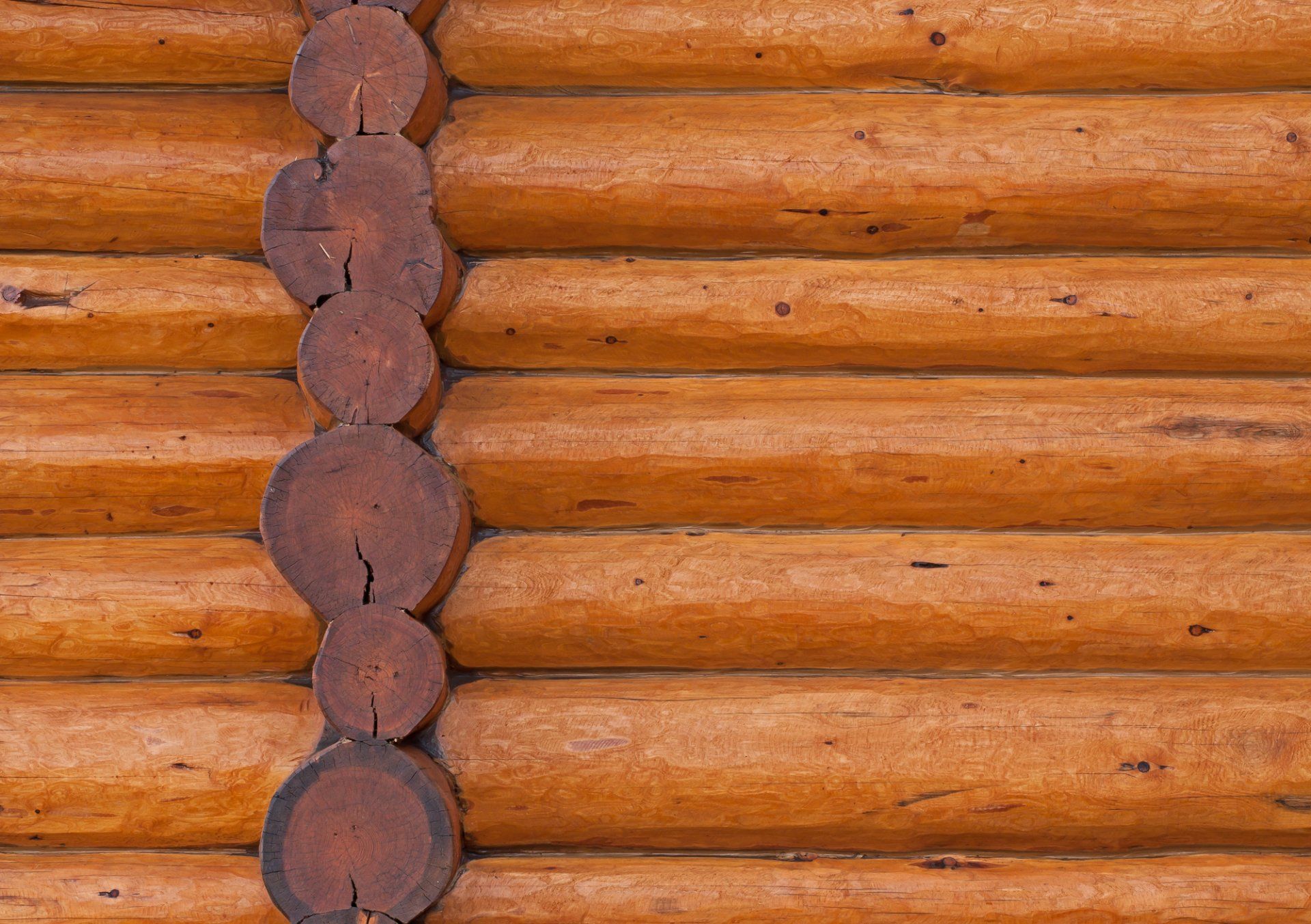
July 22, 2019
According to a dictionary a chink is a small cleft, slit, or fissure or a weak spot that may leave one vulnerable. Chinking is the very act of fixing the chink with caulk and other means. Log homes have chinks, they are the gaps between the logs as they settle. They are vulnerabilities to the elements and vermin. Anytime there are gaps or clefts between the log's moisture can make its way into the logs. This can cause wood rot and other problems. Since log homes have been around for centuries, the method of fixing the chinks has changed. Log homes are not made with manicured logs that fit together. They only touch each other in the joints. There is an inch or two gaps between them. These are chinks. Wind, rain and vermin penetrate the walls. So some solution developed. Early settlers used everything from grass to corn cobs or anything they could grab to fill in the cracks. None to efficient but cheap and easy. It also needed replacing often. Settling is a major problem with old chinking. Since logs shrink as they age the old chinking would separate or fall out. This allowed weather and pest in. Modern chinking products have superior adhesion and flexibility. Today chinking are an acrylic, elastic compound that adheres to the logs. They can stretch and contract as logs settle and move. Modern chinking is usable for both new construction and restoration projects. Sealing gaps and ensuring that the homes stay sealed for many more years. It remains soft and pliable for years after application.
© 2025
Log Home Restoration of California Inc. All rights reserved.
